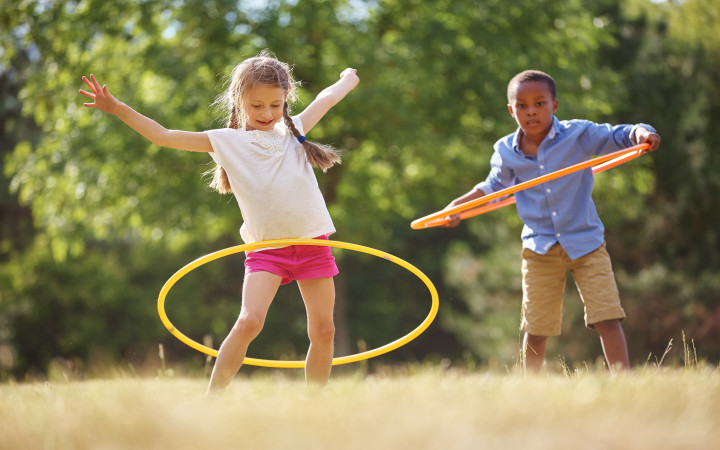More than 2,000 miles off the coast of California float the islands that make up the 50thstate: Hawaii. One of the most enduring images of Hawaii is that of colorful hula dancers. Hula is more than just a dance to Hawaiians, though.
No one knows for sure exactly how hula got started. There are many Hawaiian legends that hold that a god or goddess, such as Laka or Pele, invented the dance. With origins among the Hawaiian gods, it's no wonder that Hawaiians consider hula a sacred dance.
Hula is an interpretive form of dance that has been practiced for centuries in Hawaii. Legend aside, hula was probably developed by the Polynesians, the people who originally settled the Hawaiian Islands.
Hula consists of dancing accompanied by either chanting (called oli) or a song (called mele). Hula dramatizes and interprets the words of the oli or mele and gives them meaning in a visual form via movement.
Ancient hula — known as Hula Kahiko — was performed by dancers as a sacred ritual with chants and traditional percussion instruments. The oli and mele told stories of legends, history, nature and devotion to the goddesses Pele and Laka.
Over time, hula became a part of popular culture and sparked interest beyond Hawaii. Under the influence of Western culture, a new form of hula — called Hula 'Auana — developed, using songs and more modern instruments, such as guitars and ukuleles.
People who have never seen hula dancing might not understand how complicated an art form it really is. Hula dance moves vary from simple to complex steps, including the Kaholo, Ka'o, Hela, 'Uwehe and Ami.
The most basic hula dance moves include of the hips and sidestepping (called "vamping"). A complete hula dance can be quite a workout. Some dancers compare hula to an athletic performance!
Hula also involves many different hand motions. The hand motions made during hula represent the words in the oli or mele. For example, hula dancers use their hands to communicate words or ideas, such as a coconut tree or waves rolling on the ocean.
Female hula dancers usually wear skirts and colorful shirts, while male dancers typically wear pants or a loincloth. Dancers often also wear leis, as well as wrist and ankle bracelets.
Hula can be done while sitting (called noho dance) or standing (called luna dance). Some hulas involve both noho and luna dances.
If you live in Hawaii and want to learn hula, you can learn hula in school or groups called hālau. The hula teacher is called the kumu hula. Kumu means source of knowledge or teacher, so the kumu hula is the teacher of hula!




